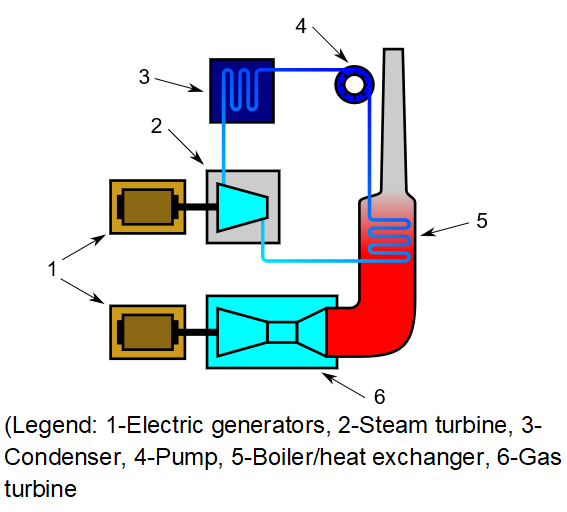Part 1 of 3 Parts
I have briefly mentioned batteries based on nuclear materials before in this blog. Currently there is a movement to build on past technologies to upgrade existing nuclear battery designs and develop new nuclear batteries.
Big centralized power generation systems like nuclear power plants with huge physical grids for distributing electricity are inefficient. Early in the Atomic Age, the world was able to take advantage of economies of scale.
Generally, only about a third of the primary energy content in most sources is converted into useable energy by our current energy generation technology. The amount of energy that can be derived from sunlight falling on the Earth is limited by the physics of light and the chemical efficiency of solar cells. Wind energy is limited by geography, weather, the physics of wind flow and the mechanical efficiency of the windmills.
In fossil fuels and nuclear power, most of the loss occurs because we use the energy for a single purpose such as generating electricity or producing thrust. The remaining two thirds of the energy is dissipated as waste heat. Only Combined-Cycle or Combined Heat & Power natural gas technologies use more than forty percent of their heat. Over thirty percent of all kilowatt hours stored are lost. Another five percent is lost during transmission through the national power grid from the power plant to the point of use.
A centralized power system is required to account for the highest demand anywhere and anytime so only up to half of the generating capacity is regularly in use. The rest of the generated energy is reserved in case there is temporarily a high demand such as in a very hot summer or very cold winter. This means that there is significant underused capacity resulting in unamortized debt. Any intermittency in generation only makes the problem worse.
In other fields, the very concept of centralization is obsolete. For instance, the old phone system contained phones wired over hundreds of miles to a central exchange. The exchange was staffed by thousands of switch operators. This old system has been replace by an autonomous hand-held device connected by flexible networks to distributed servers, routers and autonomous satellites in orbit around the Earth. This allows the new system to dynamically allocate network resources and handle major fluctuations in data sharing requirements.
This decentralization trend has led to the development of new markets, new opportunities and new industries. Analysts believe that the same factors and motivations that drove the digital revolution in communications and media should be capable of driving energy generation and distribution. Power generation can be made smaller, more mobile, safer, cleaner and cheaper. Such changes in energy and industrial system and markets should soon be able to reflect the scale of change that has been seen in wireless data transmission and the media.
Other systems that could benefit from decentralization include the growth and distribution of food and the cleaning and distribution of water. If these systems could be localized, then the time, cost and waste involved in long distance distribution of food and water could be eliminated.
Please read Part 2
Nuclear Batteries Are An Intense Area Of Research – Part 1 of 3 Part

